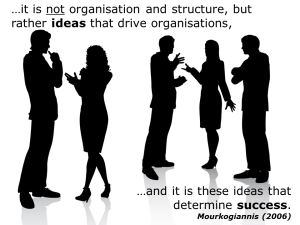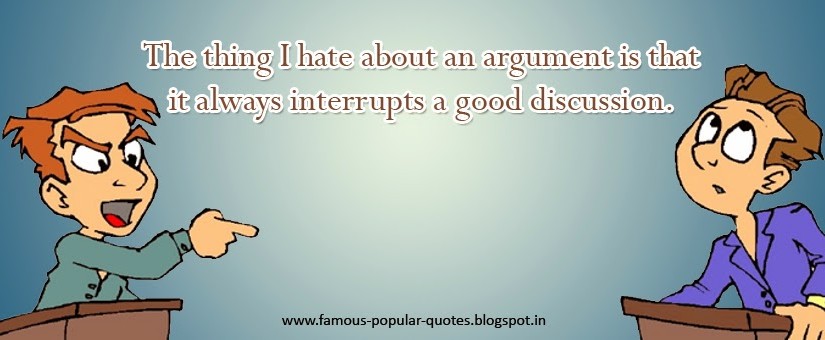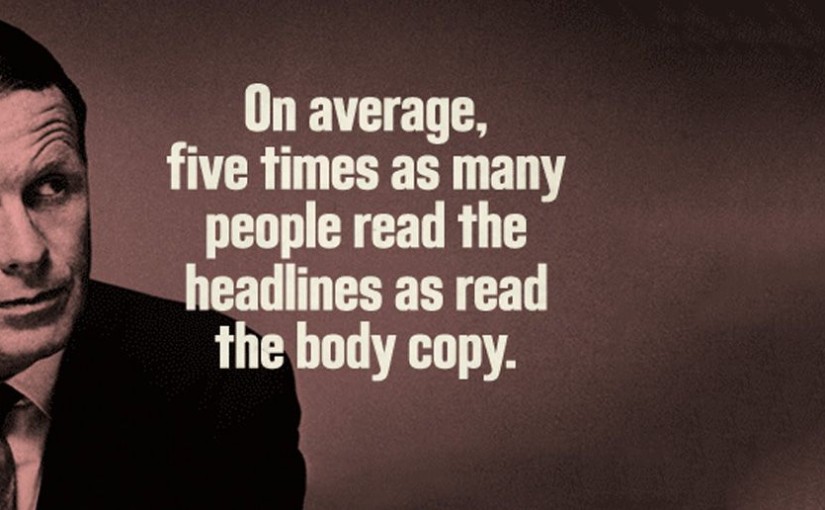In my past blogging attempts, I posted some thoughts that are still very salient. At least in my opinion. This is one of them. In today’s environment, I believe that if you leverage your loyal customers, you have a much better chance of making a sale successful. The main component of this success, however, is driven by a simple thing:
“Does the person you’re selling to actually need your product?”
If they don’t, why are you pushing them?
Date: June 12, 2006 – Title: Bullies and Sales
Its an interesting phenomenon that some sales people believe that bullying is a valid tactic. Used car dealers, for example, have brought this to a whole new level and are still stuck in the concept that if they breathe down your throat, you will buy from them. Personally, I’ve never bought a car from a used car sales person that hovered and consistently pushed me.
My family-in-law is looking for a house in Austin, TX. They’re not sure what they are looking for or, for that matter, where in the city. They’ve looked from 30 miles South to 30 miles North along the main highway out here, just to see what the areas are like, the new home models and communities, the pricing, the resale houses.. We spent almost eight hours on Saturday and a same amount of time on Sunday driving around just to identify the right places (we still haven’t, but that’s not the point behind this story!). In doing so, I’ve been into a number of the new home models and spent a bit of time talking to some of the sales representatives as well as listed to my wife and her mother talking after they’ve met with some of the sales people.
The largest complaint?
Bullies. High Pressure. Harping.
A person that comes TO you to look at your product is an immediate positive. They are interested in something to fill a particular need, even if they’re not sure what. It is your job, as a sales person, to show them how the product meets their needs. If you’re talking to them because they called you, then its obvious that there was a reason they called you — identify the reason, identify what it is what need they’re looking to fill, and do your best to fill that need. It is not your job, however, to force a round need into a square product. I realize that, often, your compensation is based on a commission structure, but forcing a round need into a square product will usually result in someone unhappy with you who isn’t going to buy anyway. It is much better to have a person who doesn’t buy from you walk away with a good taste than a negative — perhaps they know someone that could be referred to you that does need your product.
For example, one of the last new housing complexes we saw yesterday had a salesman (we’ll call him Scott) as they all do. Just prior to coming to Scott’s complex, we had finished spending two and a half hours with a gentleman named Jeff who was extremely pleasant and helpful. Jeff did not once — in the entire two hours — ask the question “So, can we get you started today?”. He simply discussed the options, let my mother in law talk and listen, and gave suggestions. He had also sent us to Scott’s complex (a sister area owned by the same company) to look at a model that he didn’t have available, but felt that may work for my family-in-law’s needs.
We arrived at Scott’s complex and went in. As soon as we met him, we said “Jeff over at X sent us to take a look at your models. Would that be possible?” Scott’s response was “Oh, of course! Let me get price sheets and everything for you.” He then proceeded to speak with us about the benefits of his area and asked whether we liked the community. My wife’s response was “Its not really something we like. We like area X and Y much better.”(she always tries to be nice, but in truth she hates the area). He nodded and said, “Ah.. I see. Well, we’ve got a special going today that’ll give you a $5000 discount on your house. So .. can we get you started today?” We looked at him as though he had just grown two heads and said, “No, thank you. We’re just looking. We’re looking at all the different areas before we make any decisions and still have a few other places to visit after this. Can we take a look at your model?” He led us through the first of two models and talked the entire time — not once did he really give us any time to explore on our own, to look at what we liked or did not like, and to privately discuss options that may have worked. As we approached the exit to the first model, he said “So .. did you like it?” Our response was that it was too small for the needs that we had. He nodded and said, “Ah.. I see. Well, if we start you today, you’ll be done in less than four months. So .. can we get you started today?” Again, we looked at him oddly. Did he simply not listen?
By now, you can see how the rest of the discussions went. We toured the third model and talked a bit in the main office before leaving. By the time we had walked out the front door, he had asked “So .. can we get you started today?”a total of six times. In the span of less than an hour. Our first reaction when we got back to the car was “Well, even if we were going to buy today, it wouldn’t be from him.” His entire attitude exuded the fact that he was after nothing but his commission, nothing but ‘closing the sale’ regardless of the circular fit of his houses to our square needs. It seemed irrelevant to him that Jeff had sent us down, it seemed irrelevant that the area wasn’t the right one for us, and it seemed irrelevant that houses weren’t right for our needs. I expect that, had we decided to buy a house from him that day, he wouldn’t have given Jeff any credit either!
When you’re talking to someone on an inbound sales call, LISTEN to their needs. IDENTIFY how your product fits and HELP the client see how your benefits meet their needs. If they don’t, then so be it — don’t keep slamming your ‘closing’ hammer down in an effort to make things fit.
 They have a different vantage point that is more focused (only looking at the side) where as you are responsible for all aspects – front, back, and both sides. You need to trust that someone who is focused on a specific area might have a better view, better information, or better knowledge about what’s occurring in that arena.
They have a different vantage point that is more focused (only looking at the side) where as you are responsible for all aspects – front, back, and both sides. You need to trust that someone who is focused on a specific area might have a better view, better information, or better knowledge about what’s occurring in that arena.

